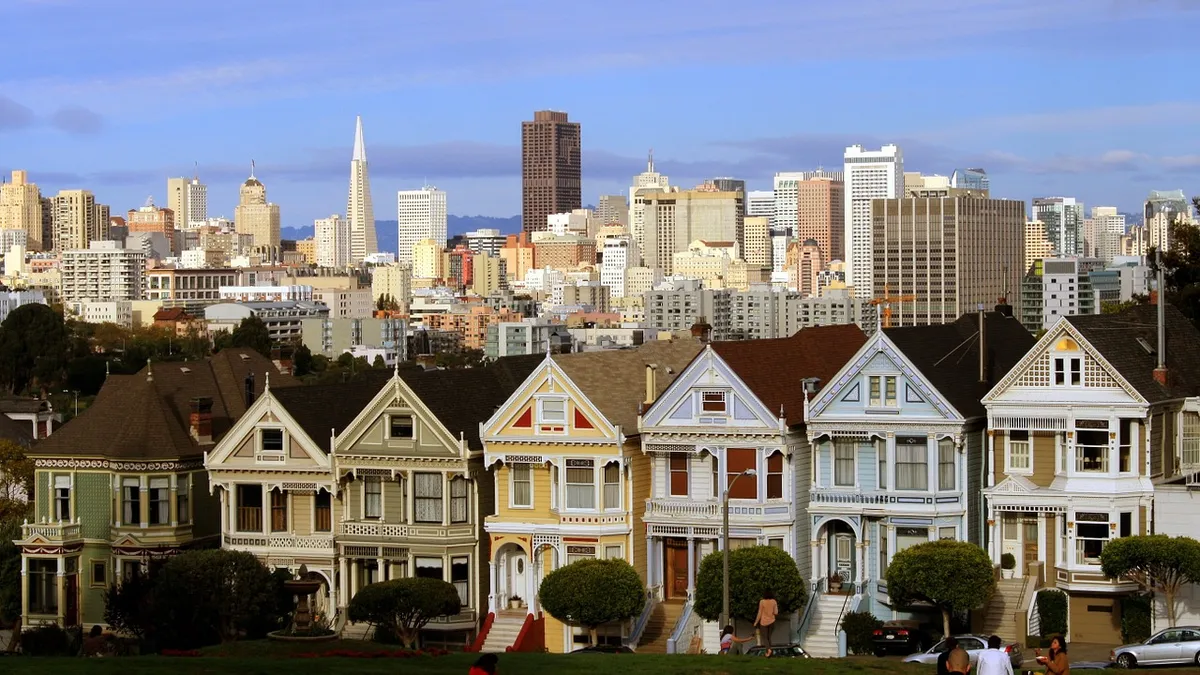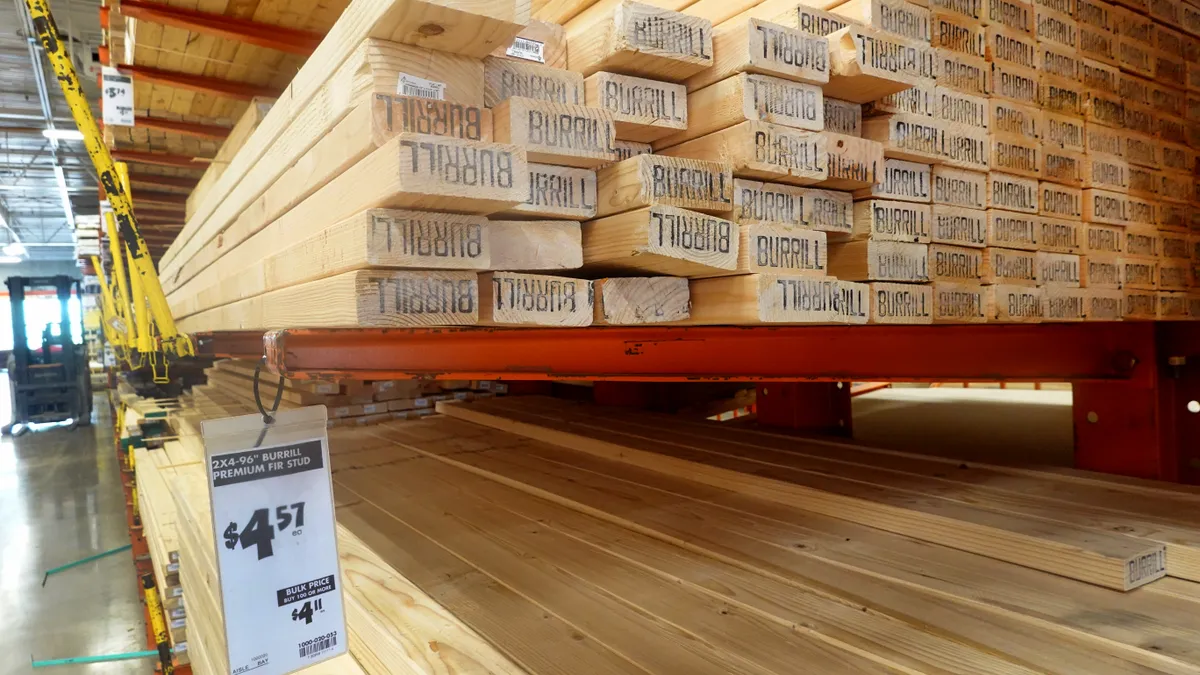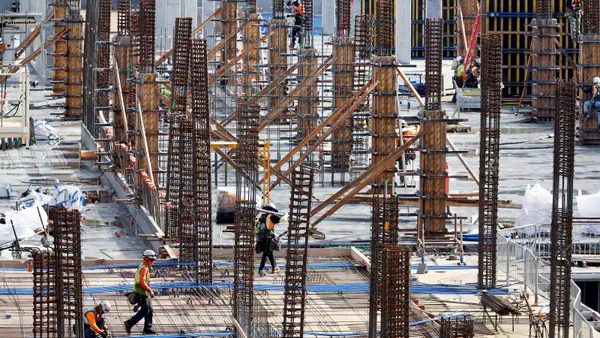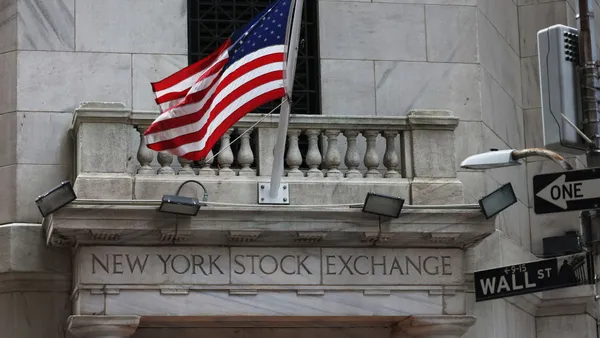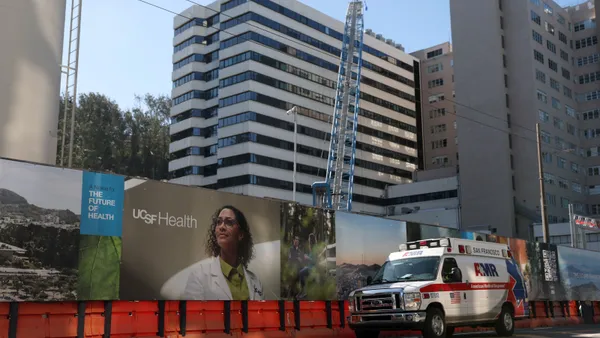Dive Brief:
-
San Francisco leads U.S. cities in walkability, according to Redfin’s latest Walk Score ranking. It is followed by New York, Boston, Washington, DC, and Philadelphia.
-
The real estate website looked at U.S. cities with populations of more than 300,000 in its assessment of the alternative transportation methods of walking, biking and public transit available there.
- The report notes that the cities making the list compared favorably in terms of proximity of housing to amenities such as dining, grocery stores and job centers.
Dive Insight:
Demand for walkable communities featuring mixed-use developments near transit hubs is growing as rising housing costs push low- and middle-income residential construction further out of city centers. "Development and transportation go hand in hand," Art Guzzetti, vice president of policy with the American Public Transportation Association, told Construction Dive earlier this month.
Such transit-oriented developments aim to bring multiple resources, including housing, shopping, entertainment and even offices, into a central location, often to supplement a unique feature like a sports stadium or new office complex.
This type of development around stations along Washington, DC’s Metro system, for example, was valued at $50 billion in 2015. And it's making strides in other markets, too.
In October, officials in Honolulu approved the state’s first TOD, the $700 million Manaolana Place mixed-use high-rise tower. Meanwhile, local developer Noannet Group is planning a 521-unit multifamily TOD targeting middle- and low-income households in Boston’s Hyde Park neighborhood.
For more housing news, sign up for our daily residential construction newsletter.


